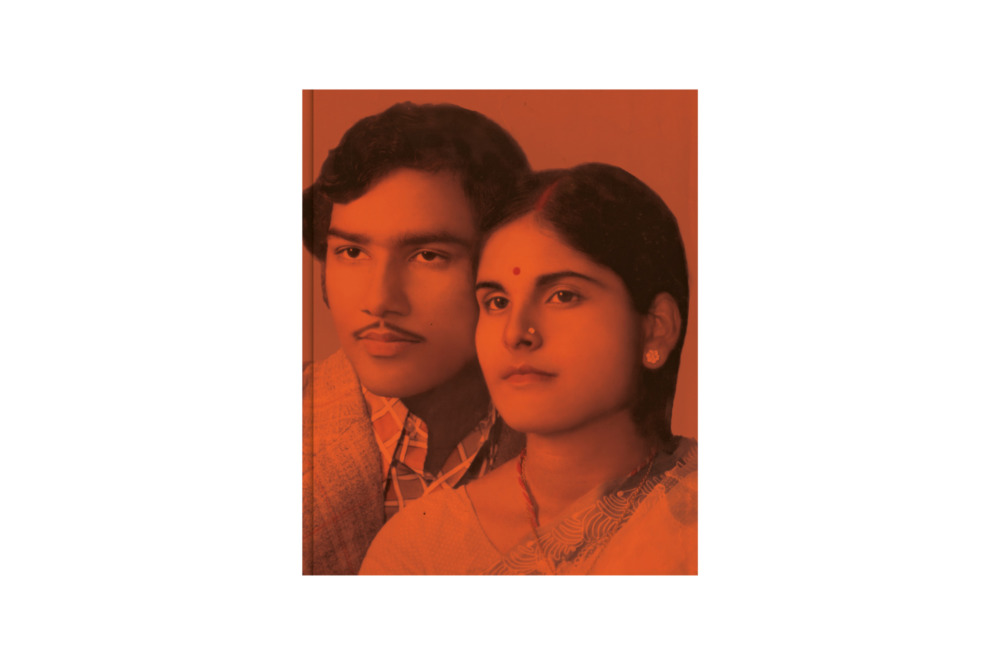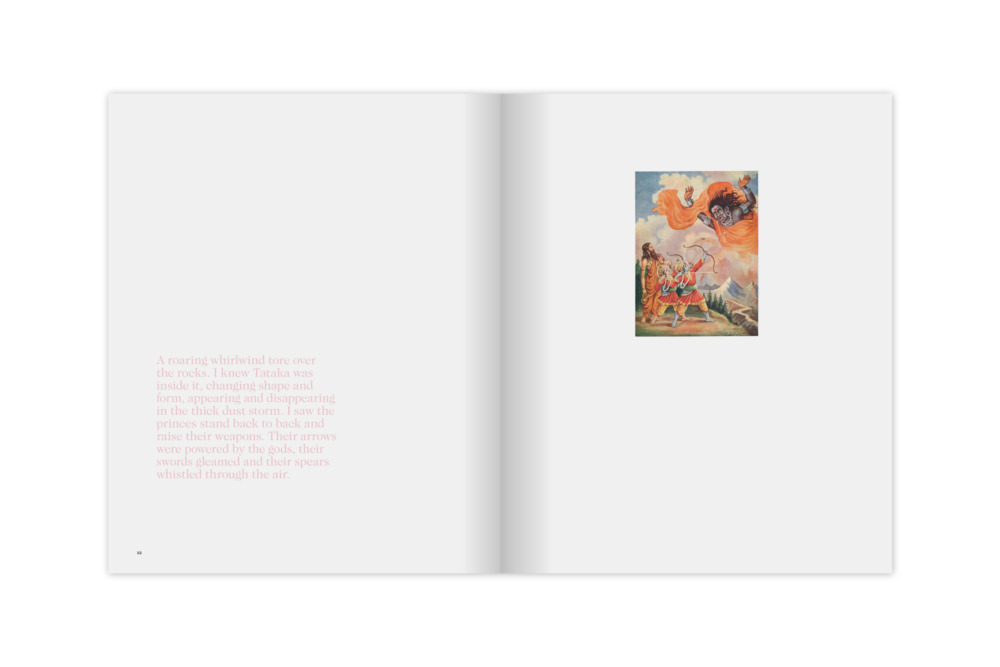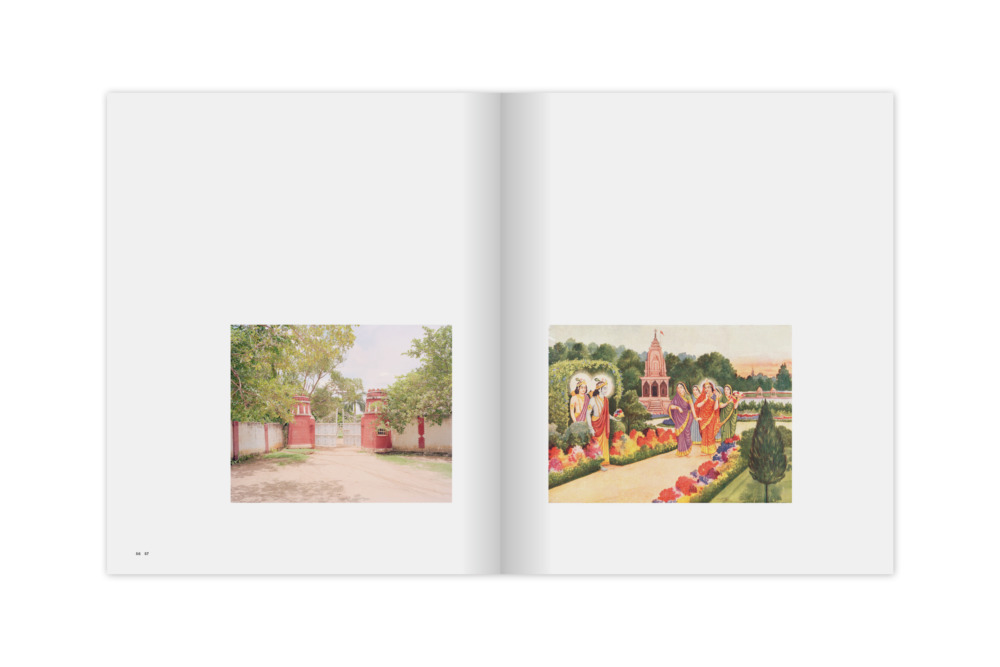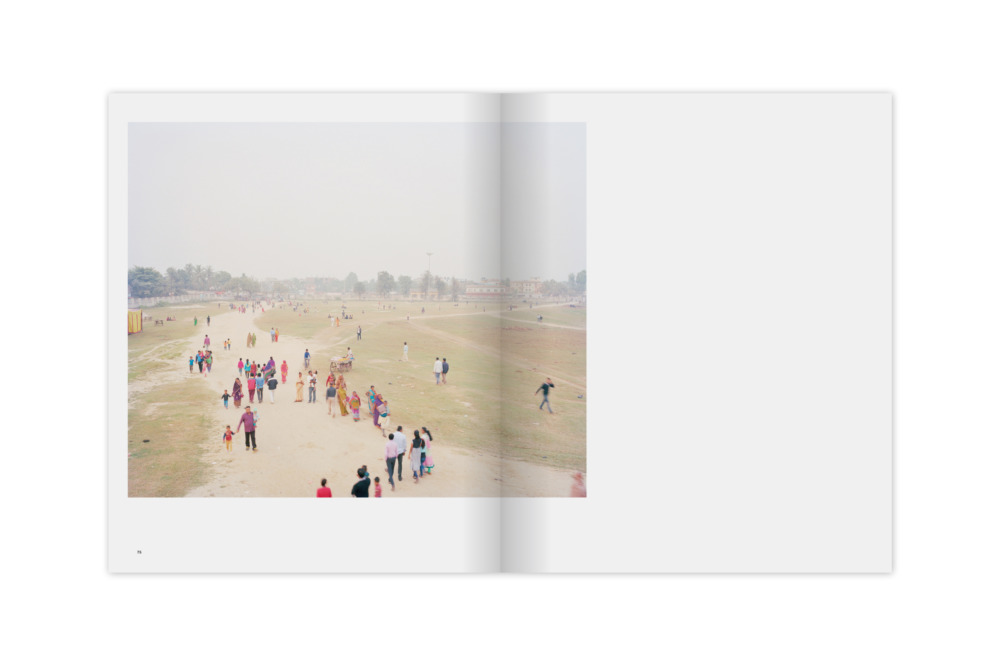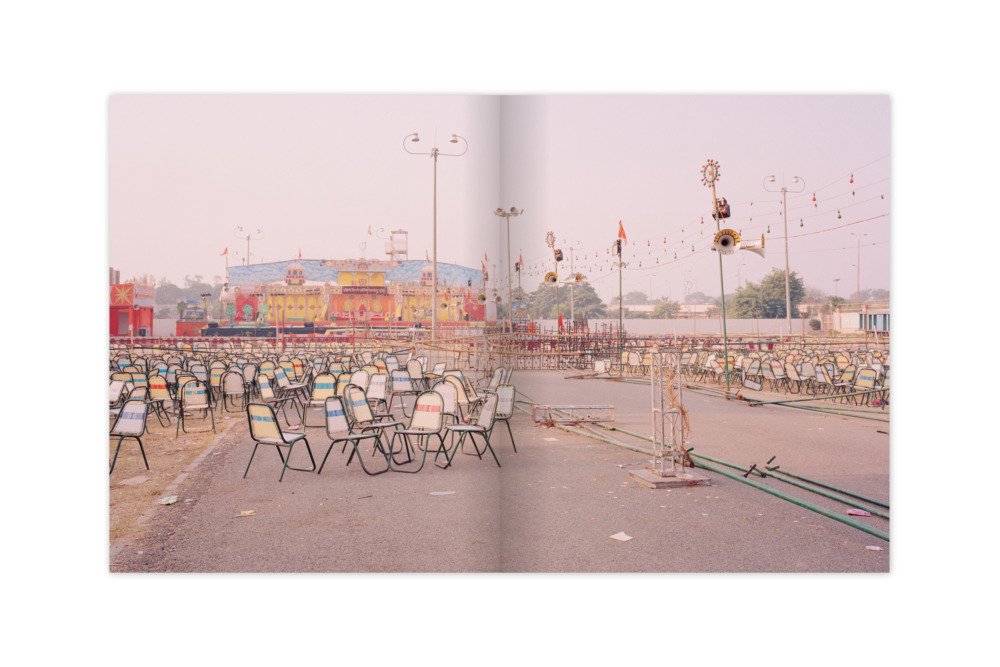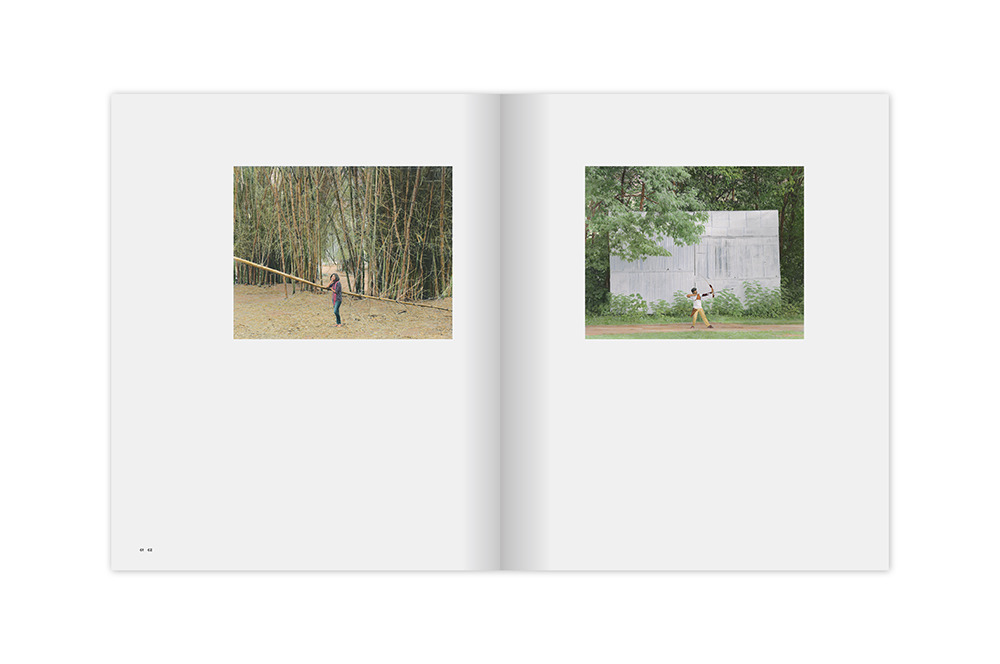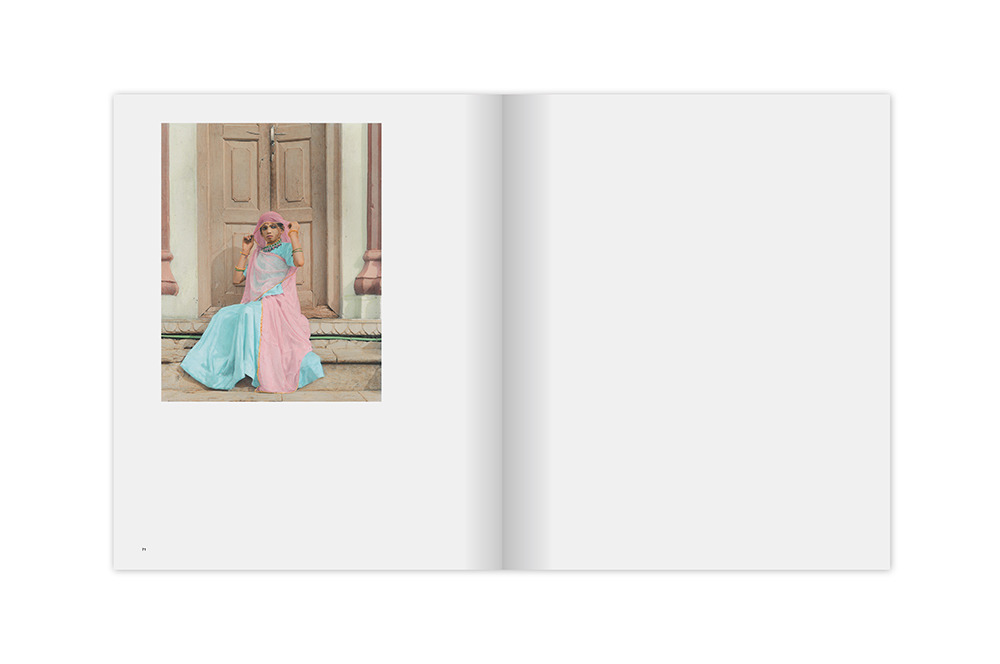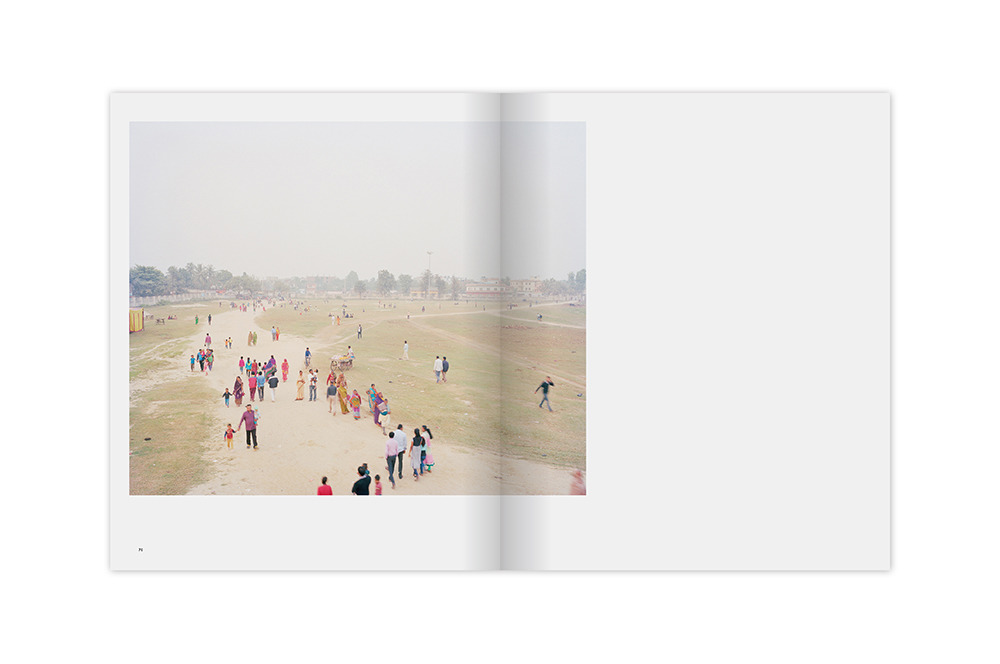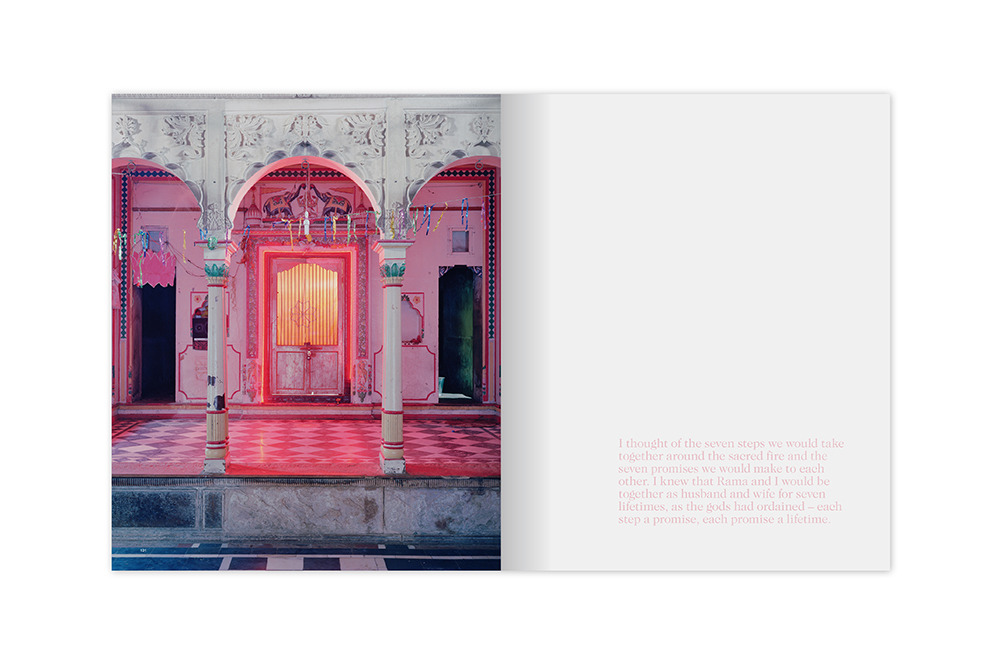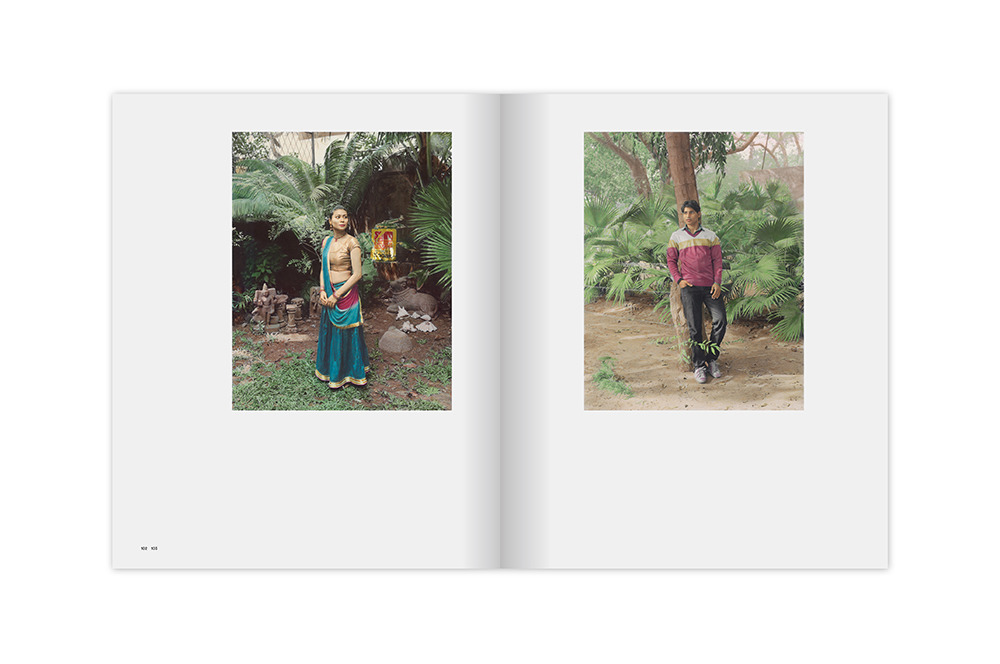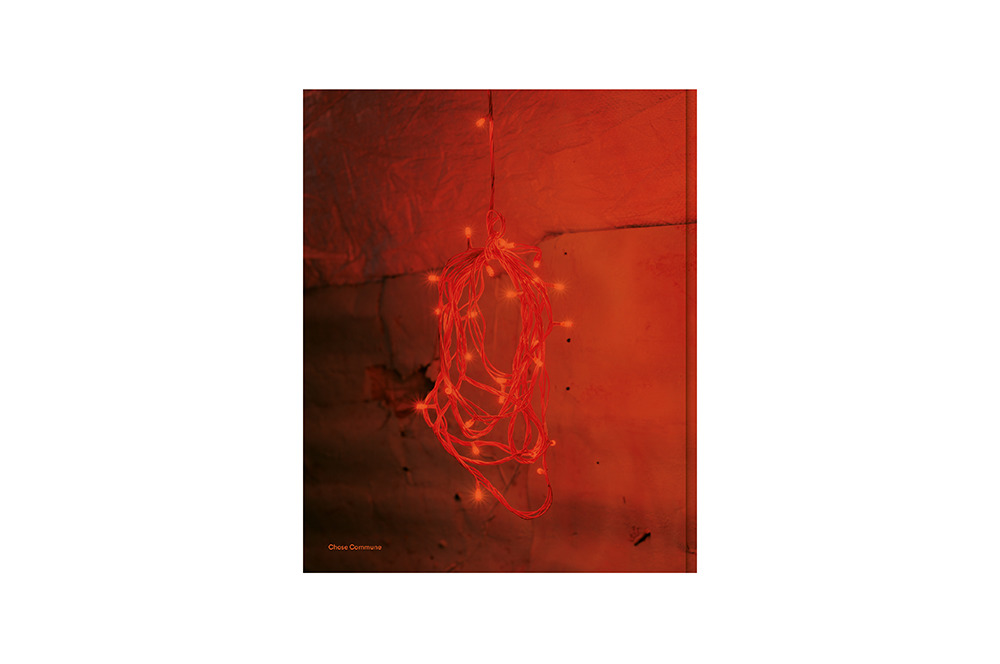Vasantha Yogananthan – The Promise
All spreads courtesy of Chose Commune
No matter how many stories there seem to be in the world – and ways of telling them – there is also a case to made for the idea that, regardless of its particular details, every story is just an elaboration on a handful of basic themes, common throughout human history. After all, people don’t change that much, so we keep retelling these archetypal narratives, making the same discoveries, the same mistakes, and each time it seems new, but really isn’t. The Ramayana is an ancient Hindu epic that probably had a long life as an oral tradition before it was ever written down, belonging to no-one, and Vasantha Yogananthan’s ambitious project A Myth of Two Souls is a contemporary re-telling of this very old story, using photography, text and other elements, most notably a collaboration with Jaykumar Shankar, a master of hand-tinting images, itself a vanishing tradition.
The latest instalment of this project, The Promise (Chose Commune, 2017), is the second volume in a projected series of seven books, corresponding to the number of books that make up the poem, one of the longest ancient epics. The story is the familiar one in which a young man is cast out into the world, faces a series of trials, has to rescue the girl and, in the end, order is restored. The challenge for Yogananthan is obviously to find some way of recasting the elements of this narrative in the context of contemporary Indian life – and also to give enough sense of the story to make it comprehensible for audiences outside a specific cultural milieu, the vast majority, who don’t know it, without tipping over into simple illustration. To this end, writer Arshia Sattar has provided a new version of the story to ground the images within the framework of that existing narrative and, in many ways, fix their meaning in relation to it. But Yogananthan is also astute enough to grasp that the archetypal elements of the story will be recognisable to almost everyone and so he concentrates on these for the majority of the pictures; indeed, this very familiarity, the currency of story-telling as a human activity, is fundamental to the work.
In that sense, his photographs of archers, to take one example, however integral they might be to the symbolism of the Ramayana, probably can’t help but remind Western viewers of Cupid’s arrow, just as the imagery of fireworks that Yogananthan uses to celebrate the wedding of Rama and Sita, the hero of the tale and his lover, are also the proverbial ‘fireworks’ of romantic chemistry. Admittedly, Yogananthan does bring a somewhat melancholic touch to these subjects, appropriate to the tale of love and eventual exile that this book of the Ramayana narrates. The hand-tinted portraits of lovers also have an old-fashioned, courtly air, that is in many ways an act of ventriloquism, tapping into the conventional uses of a particular style. This is how stories enter the popular imagination as well, a sort of cultural short-hand for depicting experiences and states, so that the formality of the pictures and the distancing effect of the overpainting mean their subjects can be seen in a way that is defined by the story.
By making use of all these different visual techniques, plus the fragmentary text, Yogananthan offers the implication that our stories are often composite entities that bring together different elements, many of them pre-existing, to create a new whole. This meshing of vernacular forms, besides being a strategic means of reflecting on the conditions of story-telling, is also testament to how narrative traditions function, regardless of authorship; the story is familiar in outline, even if this elaboration of it is unique. After all, such a tradition doesn’t preclude that the story is actually being told by someone, just that the elements making it up should draw on a shared vocabulary. But because it is still just part of a larger narrative, we are ultimately left, as all good stories should leave us, wondering what will happen next.

